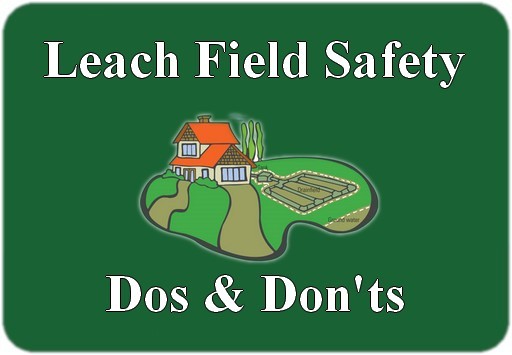DO put grass seed or wildflowers above your leach field, but not any deep-rooted varieties. Be careful when tilling the area, because the field can be as near as 6 inches from the surface.
This is also the reason you want to maintain greenery above the leach field. It helps to prevent erosion. You’ll want to maintain the distance between the leach field and the surface.
You may also plant shallow rooted trees/shrubs such as Azeleas or Boxwood shrubs near the septic field.
